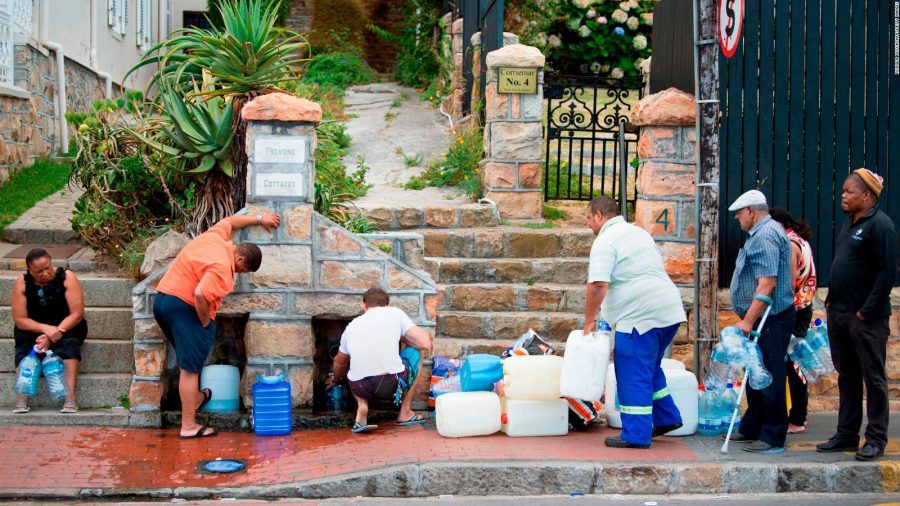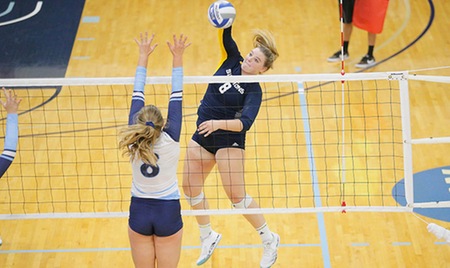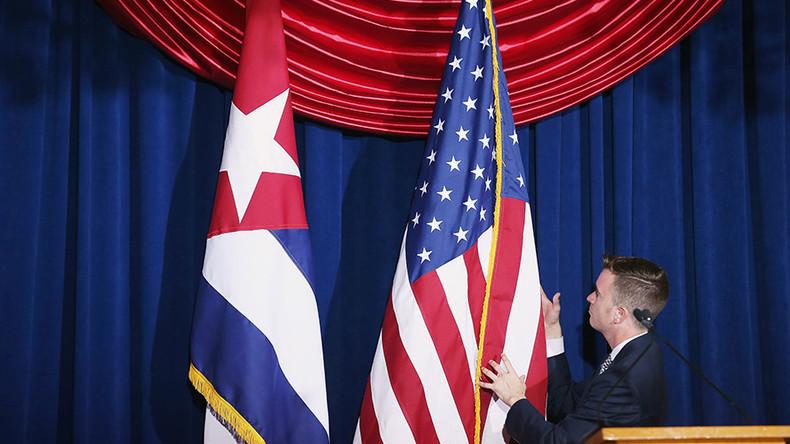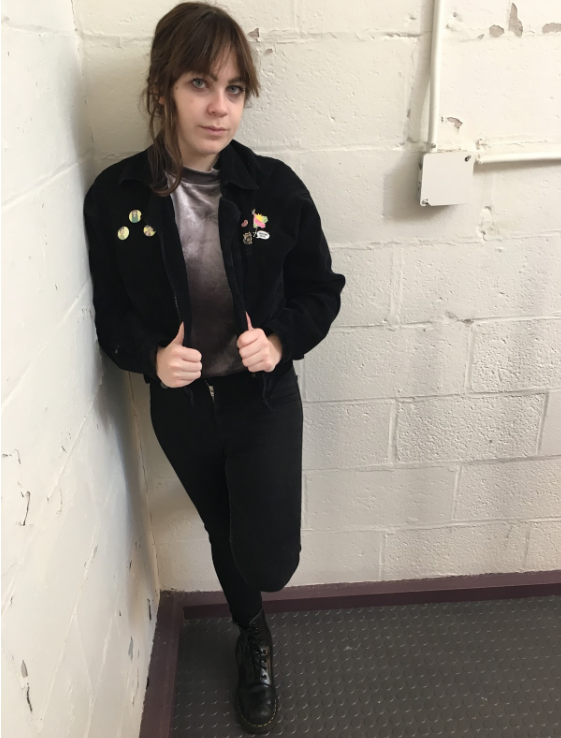Administration, students introduce approaches to Ten Demands

By Katie Sittig-Boyd
Staff Writer
Last Wednesday, Jan. 27, members of Simmons College gathered in the Linda K. Paresky Conference Center for the first community meeting of the semester.
Intended to continue the campus conversation sparked last semester, the meeting was scheduled to address specific strategies to address the ten demands issued to the Simmons administration with regard to racial justice on campus.
In contrast to the meeting held last December, when the LKP was standing room only, this meeting was attended by approximately 150 people.
President Helen Drinan, Provost Katie Conboy, and the Deans of Simmons’ schools were in attendance to provide follow-up from a private meeting held earlier last week with the organizers of the inclusion efforts.
The meeting began slightly after 4:30 p.m., when Alex Miereles, Lyra Decastro, and Kyree Jones introduced themselves and announced that student activist efforts related to the ten demands now formally exist as the Students of Color Inclusion Council (SCIC).
These organizers expressed that they were pleased to see that administrators had listened to student concerns, and have continually shown commitment to addressing the ten demands in order to improve the state of racial equity on campus.
President Drinan then took to the podium to address administrative response to each of the ten demands. She also added that she will be continually writing on relevant topics through a variant of her weekly “Thoughts from the President” email to the Simmons community.
President Drinan then proceeded to discuss each of the Ten Demands individually, addressing what has already been done and what will be done further to ensure that student demands are met.
The Simmons administration aims to increase outreach to students in order to educate them about resources that exist for mental and physical health, and establish lines of communication in order to understand student concerns and respond accordingly. Additionally, administrators are “exploring” the possibility of expanding Simmons health and counseling service hours.
Additionally, President Drinan said that she, as well as other administrators, is committed to supporting students of color when traumatic racial events occur either on campus or beyond the Simmons community, including community meetings and drop-in hours.
As part of these efforts, diversity training will be delivered on a regular basis for students, faculty, and staff.
President Drinan also outlined goals for curriculum changes, including a re-evaluation and redesign of the Simmons Course and a curriculum audit to ensure that the contributions of people of color are incorporated into students’ coursework.
In response to the administration’s approach to addressing the financial aid-related demand, students suggested that Simmons provide resources to help students navigate the rigorous and complex processes associated with securing financial aid, such as FAFSA workshops and support for students applying to scholarships outside of Simmons.
President Drinan also announced that by the end of the semester, a space will have been identified for the Multicultural Student Office that will allegedly be established on campus.
The individuals gathered at the meeting had several questions, including how to address microaggressions that occur in the classroom in an immediate sense, and how Simmons can institutionally support professors of color as well.
Professor Afaa Weaver also announced that approximately two dozen faculty of color have formed a meeting to establish their own means of support.
“This time it’s national,” Professor Weaver said, referring to similar racial justice movements taking place at other colleges throughout the country. “It’s also international. We’re committed to being supportive.”
The next community meeting will be held Thursday, Feb. 18, from 3-4 p.m. in the LKP.











